MattC
New member
- Joined
- Sep 2, 2004
- Messages
- 1,038
- Reaction score
- 69
Thanks to both of you. I believe you're right-they fit the description to a tee. I changed the labels.
Matt
Matt

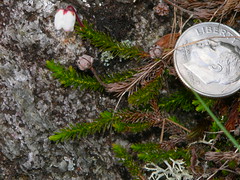
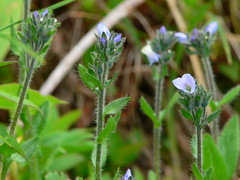
yes, Paronychia argyrocoma. good find. If not at a commonly-visited location, please consider contacting NH Natural Heritage Bureaucarole said:Any one know if this is 'silverling'?
Hmm. Definitely looks like a mint, I'm not sure which though. Might be prunella (Prunella vulgaris)Unsure of this also - type of 'lobelia'?
No, I take that back, the flowers look different (don't have that hood) -- you wouldn't happen to have a closeup, would you? But it definitely looks like a mint. (did it smell minty? that may help narrow it down)arghman said:Hmm. Definitely looks like a mint, I'm not sure which though. Might be prunella (Prunella vulgaris)
clarification: I meant mint family (Lamiaceae) -- characteristics are square stems, opposite leaves, bilateral symmetry flowers, often aromatic (e.g. mint, oregano, basil, sage, lavender, thyme). If you have larger resolution photos that won't fit on webshots, try cropping a portion of one of the more zoomed-in photos (the first one you posted) at full resolution -- flower structure / leaves / etc. are helpful.carole said:I don't recall a mint smell. They are very small as compared to the creeper leaves and the leaves appear to be opposite and whorled perhaps. This is as large as webshots allows but the leaves don't seem to be mint.
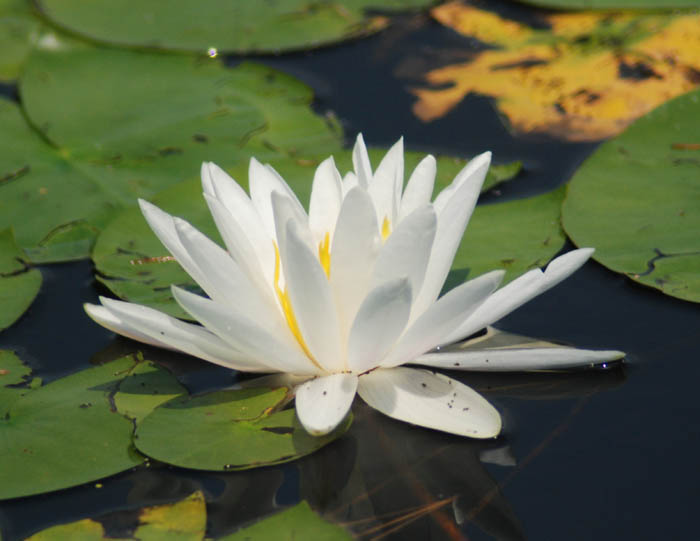
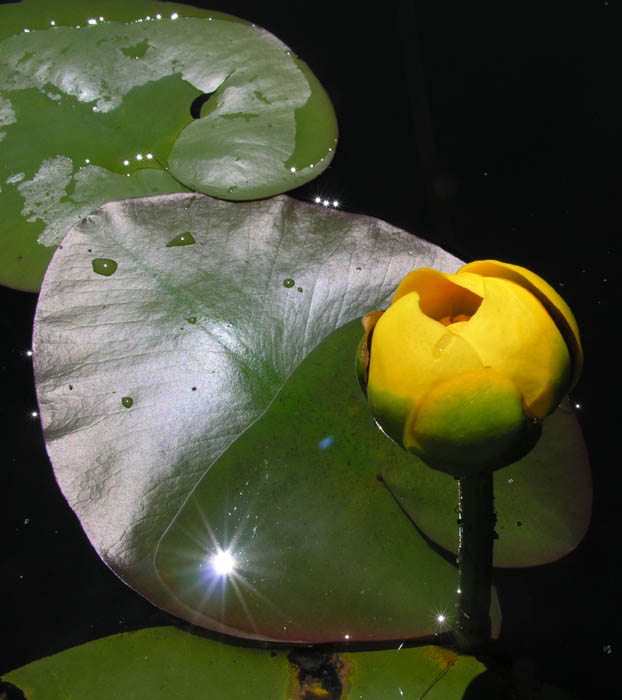
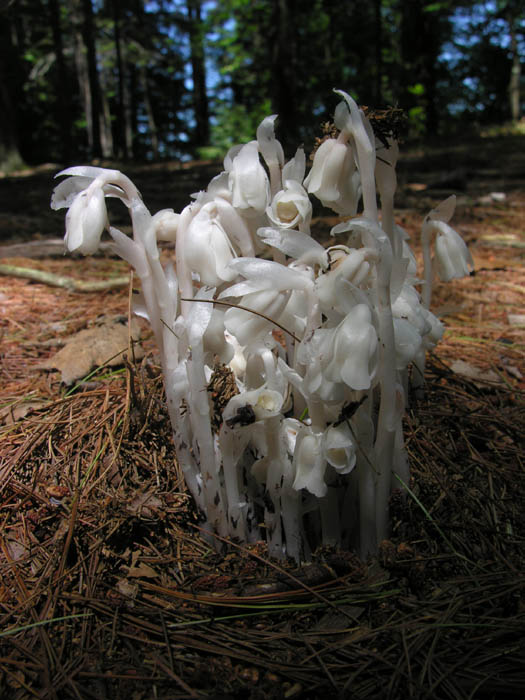
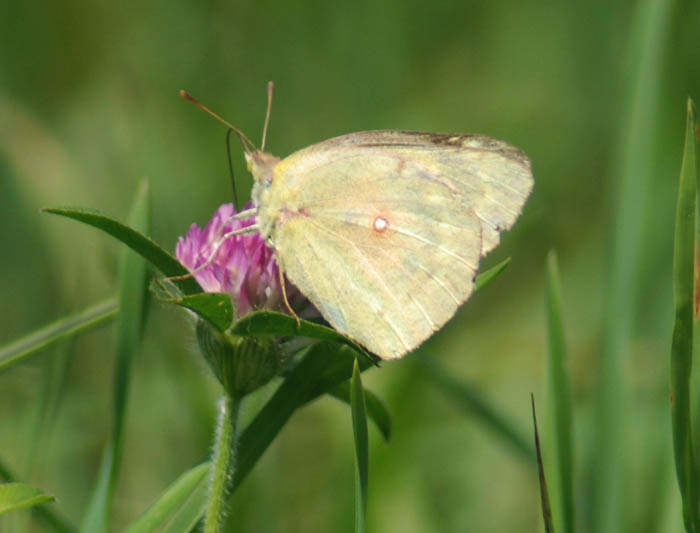
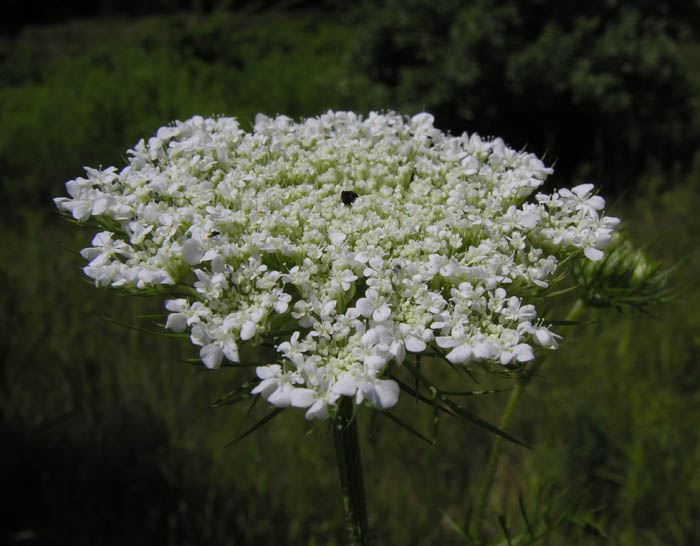
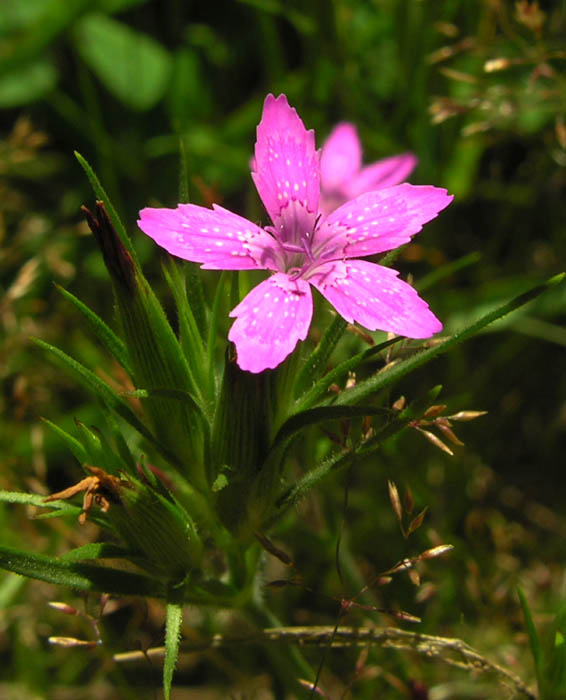
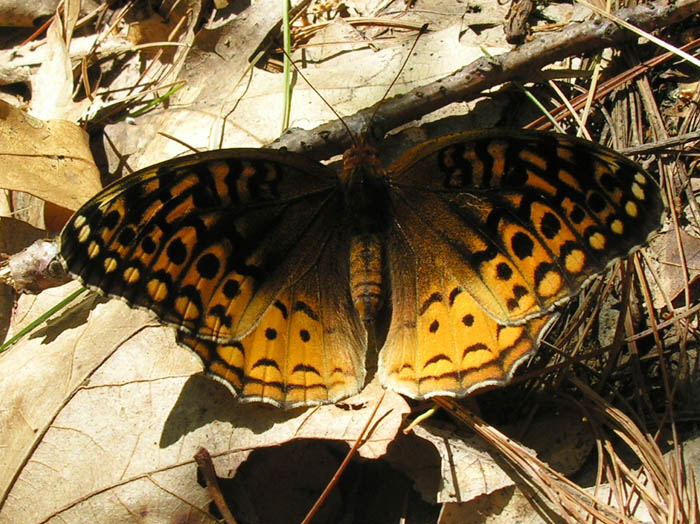





Calopogon tuberosus (grass pink)bikehikeskifish said:
Platanthera blephariglottis (white-fringed orchid), I think -- I'm not good w/ IDing most of the native orchids.
Danielle said:Snowman and I were out on a 3-day backpack on the AT this past Sunday through Tuesday, hiking north from Caratunk to Monson. We saw lots of bunchberries with beautiful red berries, blue beads turning blue, a few wood sorrel, Indian Pipe, lots of blueberries as well as the following two plants, which I can't identify. Anyone have any ideas?
Atop Moxie Bald Mountain in an old burn area. Beautiful spot!
Seen near a stream. Beautiful red berries.
Aralia hispida (bristly sarsparilla) -- likes sunny + dry/rocky sites.Danielle said:
Streptopus latifolius (rose twisted-stalk) -- at least, I'm pretty sure, can't quite tell from your photo. Can be distinguished from S. amplexifolius by the way the leaves join to the stem. If the leaves just touch the stem (sessile), you have S. latifolius. If they are clasping, you have S. amplexifolius, which also has a kink in the flower/berry stem & I think the berries are more orangey.




nartreb said:Almost forgot: what is this? Low altitude campsite - edge of clearing.

click for much bigger photo
And I'm guessing this is twisted-stalk:

click for much bigger photo

Enter your email address to join: